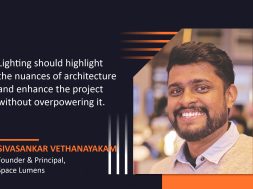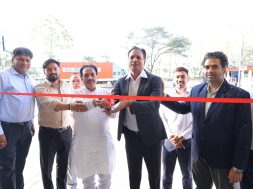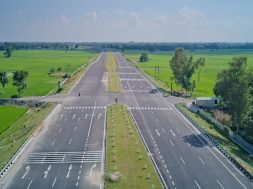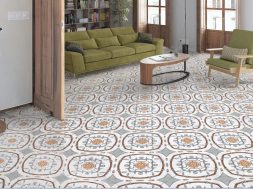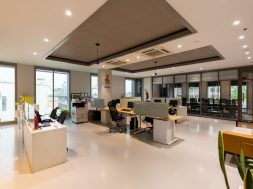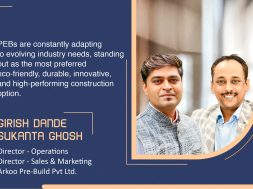Light designs can seamlessly blend while highlighting details
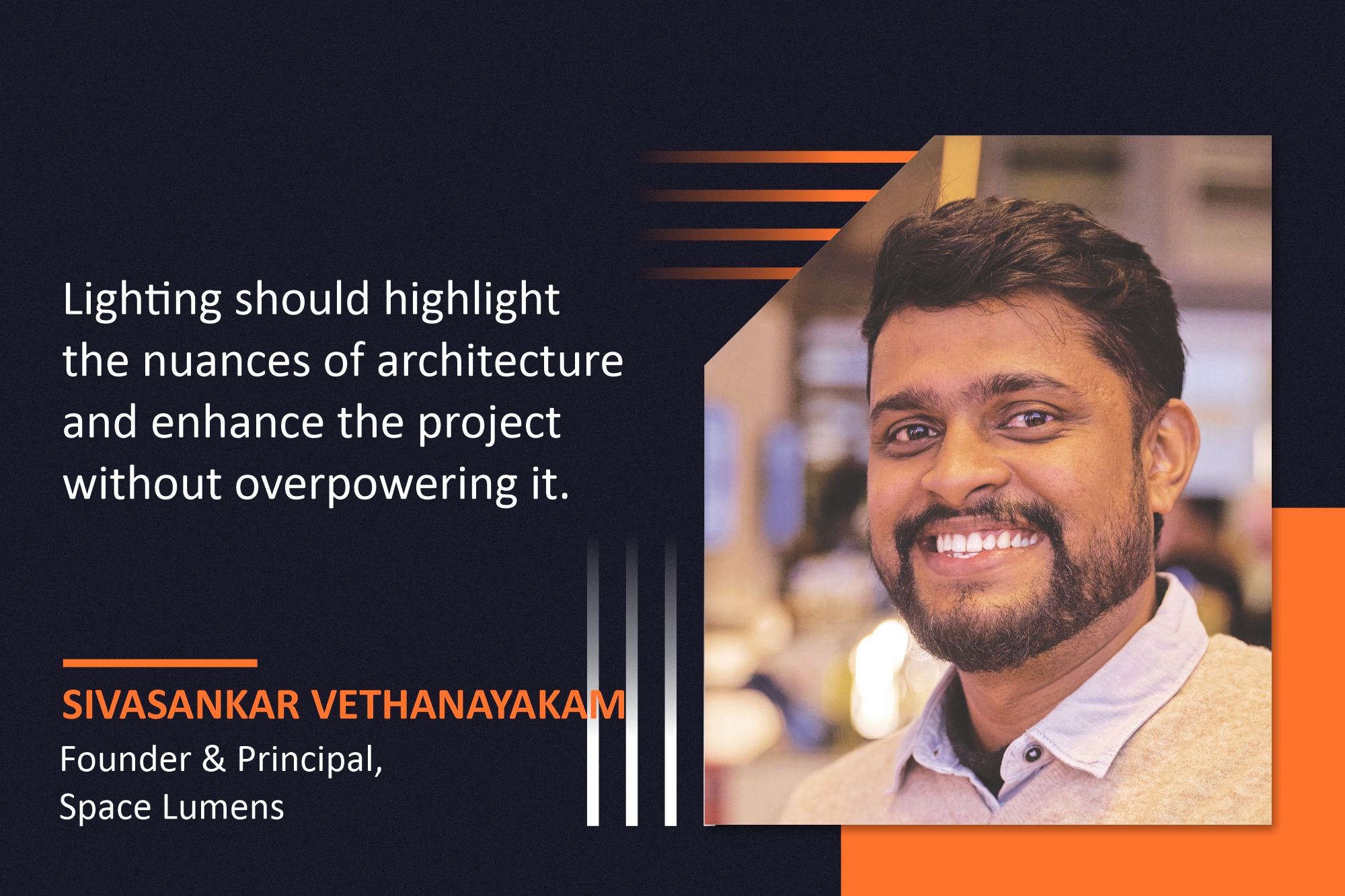
“This interaction analyses the significance of avoiding excess lighting and providing optimum lighting using technology.”
Can you share details on one of your finest projects and walk us through the concept, challenges faced, and the kind of lights used in the lighting design?
Instead of labelling any project as the “best,” I believe that we give our best effort to every project, regardless of its type or scale, as each comes with unique stories and challenges. In response to your question, I’d like to highlight a recent project that we completed, the Copper Leaf Hotels in Tirunelveli, Tamil Nadu. In this project, while trying to create a notable brand visibility through lighting, we faced the challenge of balancing intensity with the neighbouring environment. I believe that excessively bright facades can disrupt the area’s harmony, so it is important to consider the surrounding darkness. The design we selected for this hotel subtly blends in while still highlighting the architectural forms, achieving visibility without overpowering and giving the flexibility to make arrangements through scene settings.
Can you outline the steps to ensure energy efficiency in your aesthetic lighting designs?
My process begins with questioning the necessity of light in each concept, which is the first step towards energy efficiency. By focusing on the essential lighting needs first, I ensure functionality before incorporating supplementary aesthetic elements. I call myself a “Darkness Designer” indeed! I am also a strong advocate for using sensors, and I eagerly look to the day when outdoor fixtures with movement sensors will become as common as indoor ones.
I strive to balance indirect lighting in my design concepts. I am interested in the way light interacts with textured surfaces, creating a reflective ambience. I draw inspiration from nature and daylight’s interplay of light and shadow, which I believe forms the foundation of true composition.

How do you ensure that the lights in your design are consistent for an optimally lit space?
I look at space lighting from two perspectives: the technical aspects of the fixtures and the material textures and finishes of the space, which ultimately shape the visual outcome. At the core of my approach are the fundamental characteristics that ensure consistency—appropriate beam angles, colour temperatures, and CRI.
What recent lighting innovations/tools/technologies do you find the most exciting to use in your projects?
One innovation I’m excited to propose for heritage or outdoor projects is LUMILEDS LUXEON’s Nightscape Technology. This technology reduces the blue light content in LEDs to just 2 percent, addressing the harmful effects of excessive blue light on wildlife and human circadian rhythms. We must adopt such technologies to mitigate such impacts.
What is your design philosophy to ensure minimal light pollution?
Understanding the characteristics and technicalities of light is the key. I feel that it is essential to limit wattages that exceed the project’s needs, as the overall atmosphere of the space plays a significant role. I suggest implementing a gradient fading lighting effect for most projects, which is less likely to contribute to light pollution than uniformly flood-lit surfaces.
For more information, visit: https://spacelumens.in/
Cookie Consent
We use cookies to personalize your experience. By continuing to visit this website you agree to our Terms & Conditions, Privacy Policy and Cookie Policy.
